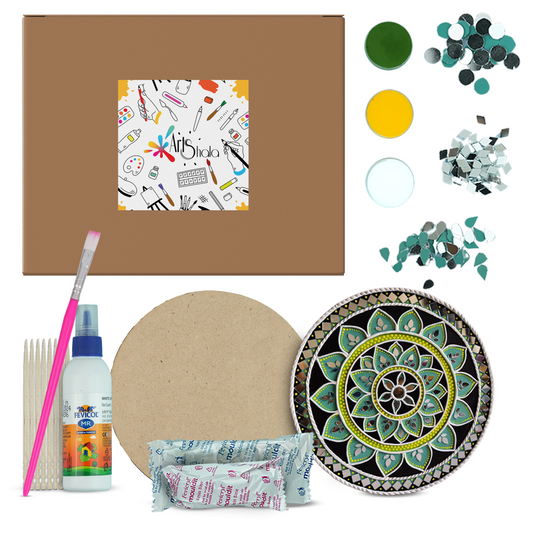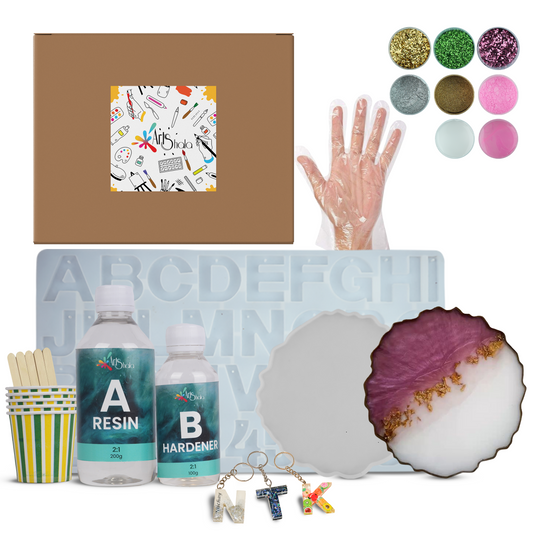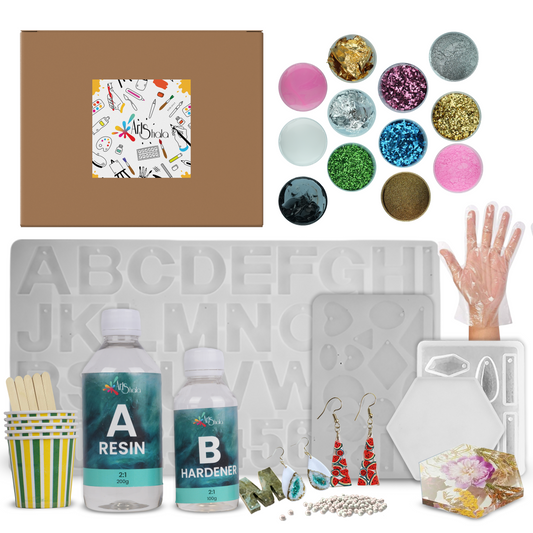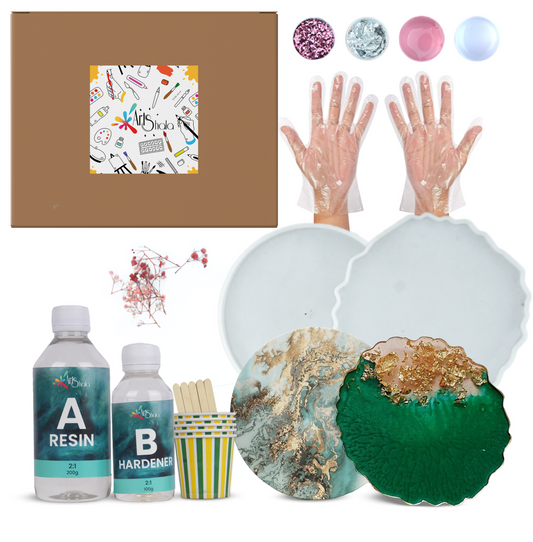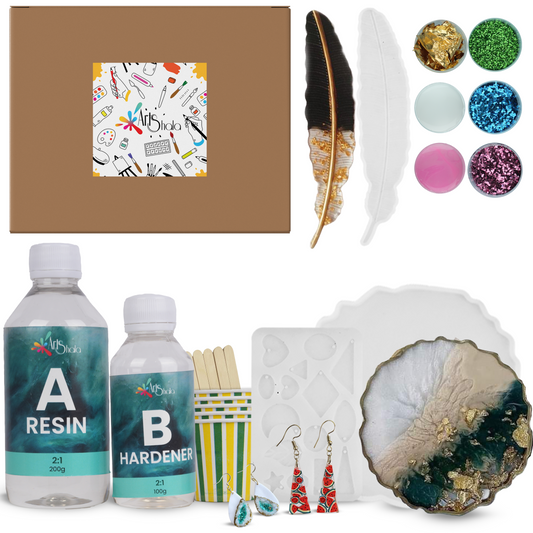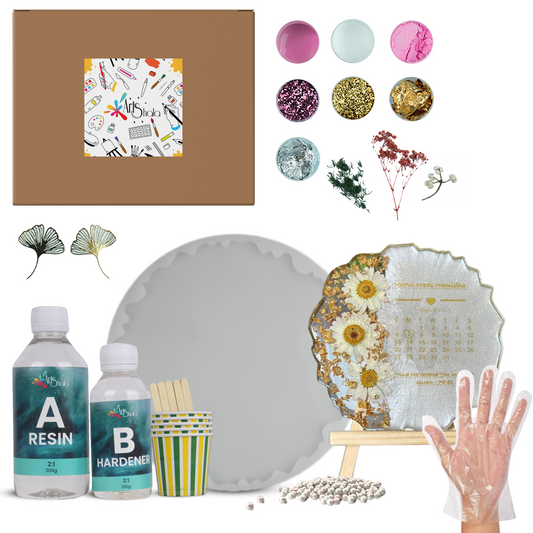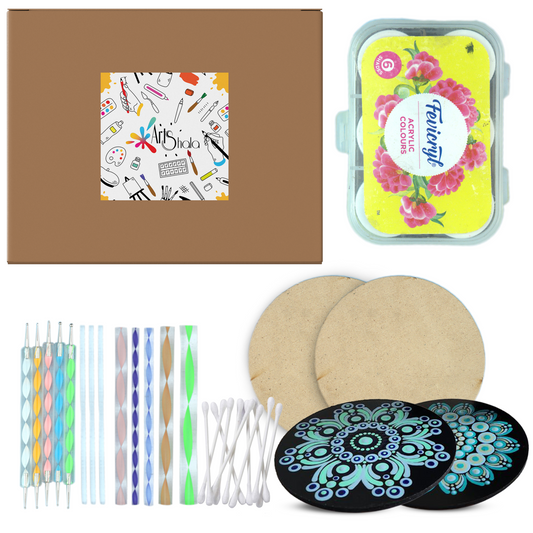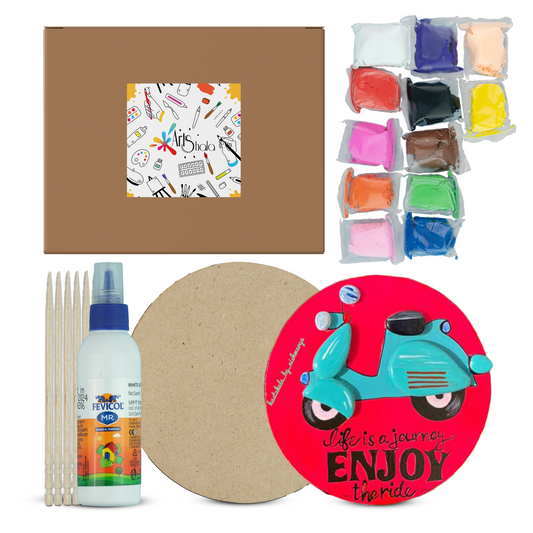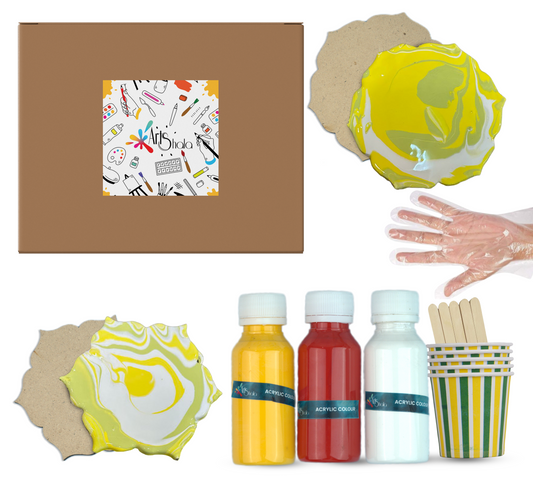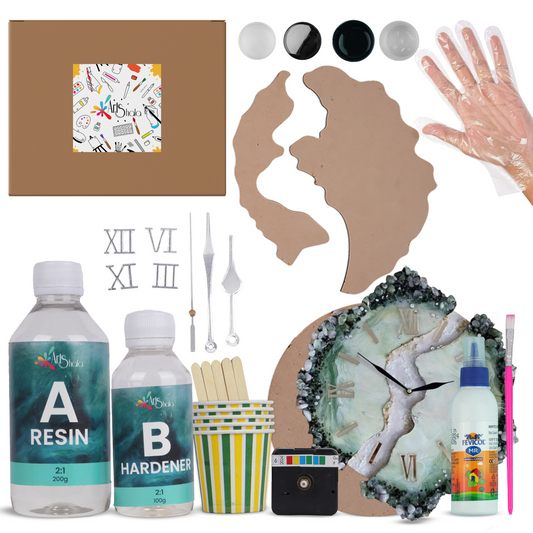Can I Put Watercolour on Acrylic Paint?
The world of painting is vast and varied, with numerous mediums and techniques available to artists. Acrylic and watercolour paints are two trendy choices, each offering unique characteristics and benefits. A common question among artists, both beginners and experienced, is whether it is possible to apply watercolour over acrylic paint. In this blog, we will explore this question in depth, examining the properties of both mediums, the techniques involved, and the potential outcomes of combining them.
Understanding Acrylic Paint
Acrylic paint is a fast-drying medium of pigment suspended in an acrylic polymer emulsion. It is known for its versatility, vibrant colours, and ability to be used on various surfaces, including canvas, wood, and paper. One of the key features of acrylic paint is its water resistance once dry. This means that acrylic paint forms a flexible, durable film that is not easily reactivated with water after being cured.
Acrylics can be diluted using water or acrylic mediums, allowing for various techniques, from thick impasto to thin washes. Artists appreciate acrylics for their quick drying time, which enables layering and rapidly completing works. However, this fast drying time can also pose challenges for blending and working wet-on-wet.
Understanding Watercolour Paint
Conversely, watercolour paint consists of pigments suspended in a water-soluble binder, usually gum arabic. Watercolours are known for their transparency and luminosity, allowing for delicate washes and subtle colour gradations. Unlike acrylics, watercolours remain water-soluble even after drying and can be reactivated with water. This property allows artists to manipulate the paint long after its application.
Watercolours are typically used on specific paper that absorbs the paint and holds water without warping. The technique involves layering washes and gradually building up colour, creating beautiful effects that are difficult to achieve with other mediums.
Combining Watercolour and Acrylic Paint
Now that we understand the properties of acrylic and watercolour paints, let's address the primary question: Can you put watercolour on acrylic paint? The answer is yes, but with some necessary considerations.
Surface Preparation
When working with acrylics and watercolours together, the surface preparation is crucial. Since acrylics are water-resistant once dry, it is essential to ensure that the acrylic layer is fully cured before applying watercolour on top. This typically takes about 24 hours, counting on the thickness of the acrylic layer and environmental conditions.
If the acrylic paint is not fully dry, the watercolour may not adhere properly, leading to uneven application and potential lifting of the underlying acrylic layer. To enhance adhesion, consider using a textured acrylic medium or gel before applying watercolour, as this can create a surface that allows the watercolour to grip better.
Application Techniques
When applying watercolour over acrylic, there are several techniques to consider:
-
Layering: Start with a thoroughly dried acrylic base. Apply your watercolour in thin layers, allowing each layer to dry before adding more. This will help maintain the transparency and luminosity characteristic of watercolour.
-
Washes: Use watercolours to create washes over the acrylic background. The transparency of the watercolour can enhance the colours beneath, creating depth and interest.
-
Detail Work: Watercolour can be used to create fine details on top of an acrylic painting. This technique is particularly effective for adding highlights or intricate patterns.
Colour Interaction
One of the exciting aspects of combining acrylic and watercolour is the interaction of colours. The vibrancy of acrylics can provide a strong foundation, while the delicate washes of watercolour can add depth and complexity. However, be mindful of the colour mixing; the water in watercolour can cause the underlying acrylic to soften if applied too heavily or if the acrylic is not fully cured.
Experimentation
As with any artistic technique, experimentation is key. Artists often discover unique methods and styles by trying different approaches. Consider creating test pieces where you can explore the interaction between acrylic and watercolour without the pressure of a final product. This will allow you to understand how the two mediums work together and develop your technique.
Potential Challenges
While combining watercolour and acrylic can yield stunning results, there are challenges to be aware of:
-
Lifting: If the watercolour is applied too heavily or if the acrylic layer is not fully cured, the water in the watercolour can lift the acrylic paint underneath, leading to unwanted texture and colour changes.
-
Adhesion Issues: The watercolour may not adhere correctly if the acrylic surface is too smooth. A textured medium or a light sanding of the acrylic surface can help in such cases.
-
Colour Shift: watercolours can appear different when applied over acrylics due to the underlying colours. Be prepared for some colour shifts and adjust your palette accordingly.
When Not to Combine Acrylic and Watercolour?
There are instances when combining acrylic and watercolour might not be the best approach:
-
Intricate Watercolour Work: If you aim for delicate watercolour effects and details, applying it over acrylic might compromise the desired outcome.
-
Long-Term Durability: If you intend to create a piece exposed to harsh conditions, there may be more durable options than combining acrylic and watercolour.
Common Mistakes to Avoid
-
Overworking: Excessive layering can lead to a muddy appearance. Less is often more.
-
Incorrect Drying Times: Not letting layers dry completely can cause lifting, cracking, or colour mixing.
-
Incompatible Surfaces: Using the wrong surface can affect the adhesion and appearance of both paints.
Conclusion
In summary, it is possible to put watercolour on acrylic paint, provided specific techniques and precautions are followed. Understanding the properties of both mediums and how they interact will enable artists to create unique and compelling works. Combining the vibrant, opaque qualities of acrylics with the transparent, fluid nature of watercolours can lead to stunning visual effects.
As with any artistic endeavour, practice, and experimentation are essential. By testing different methods and approaches, artists can find their unique style and effectively harness the strengths of both acrylic and watercolour paints. Contact Us to learn more about this art form or visit Arts Shala’s website.



